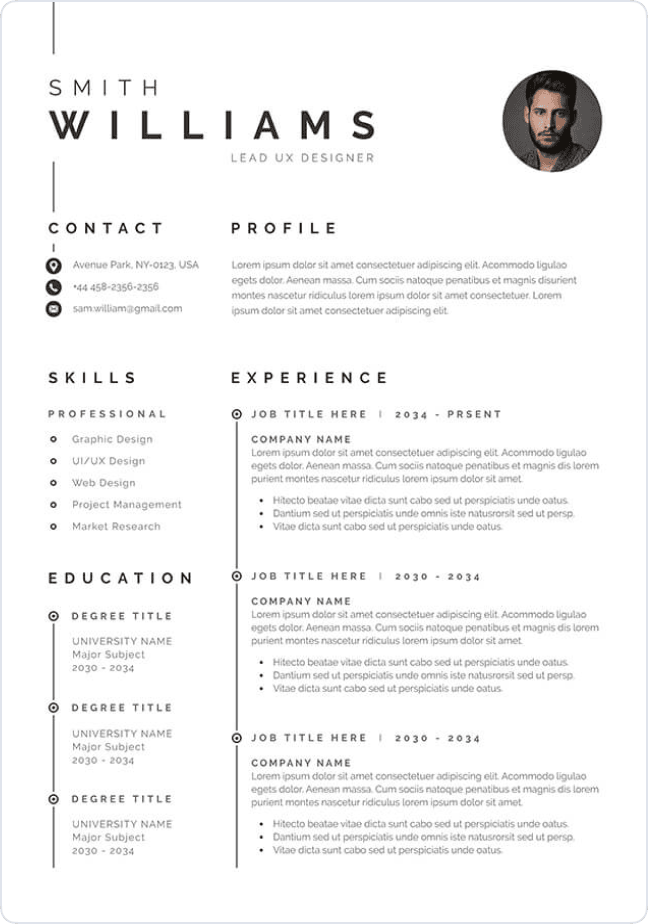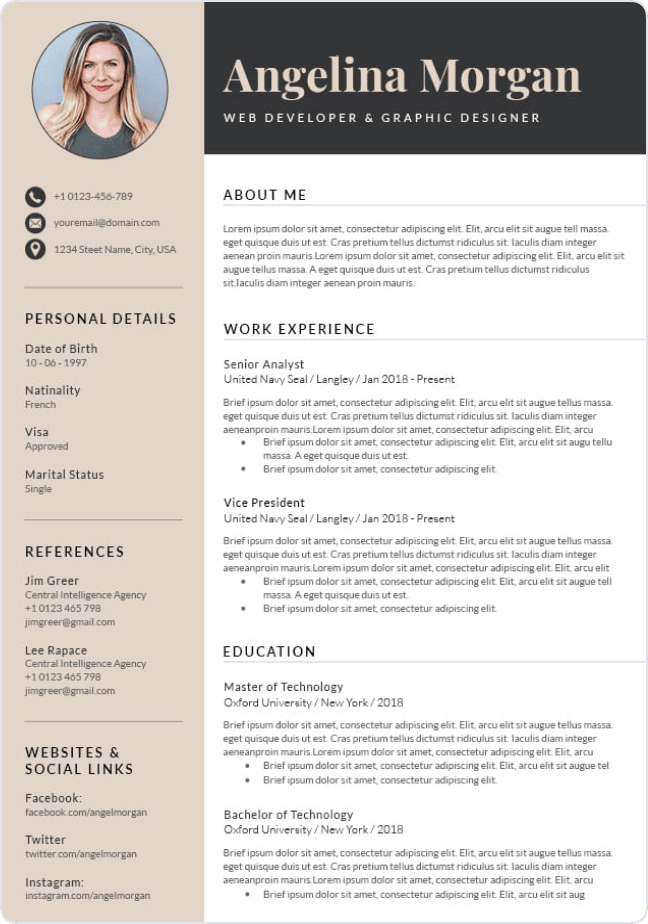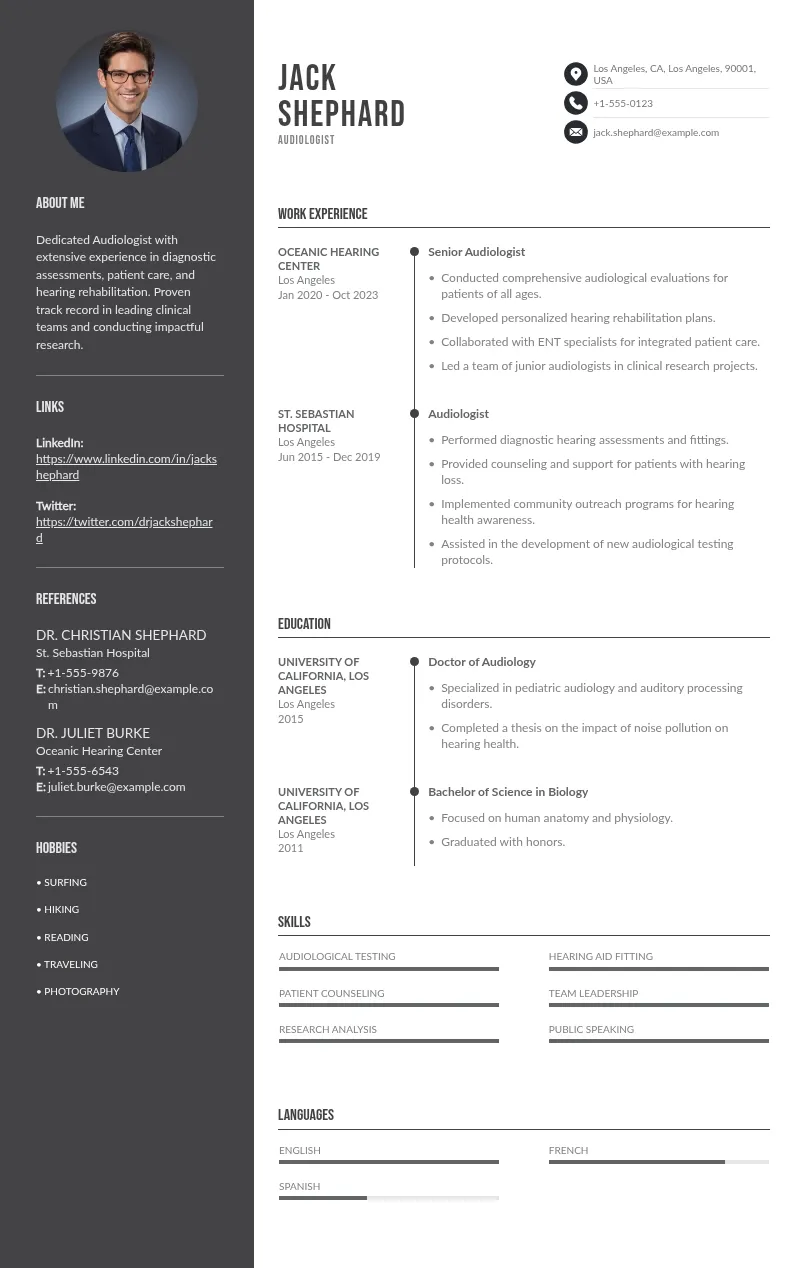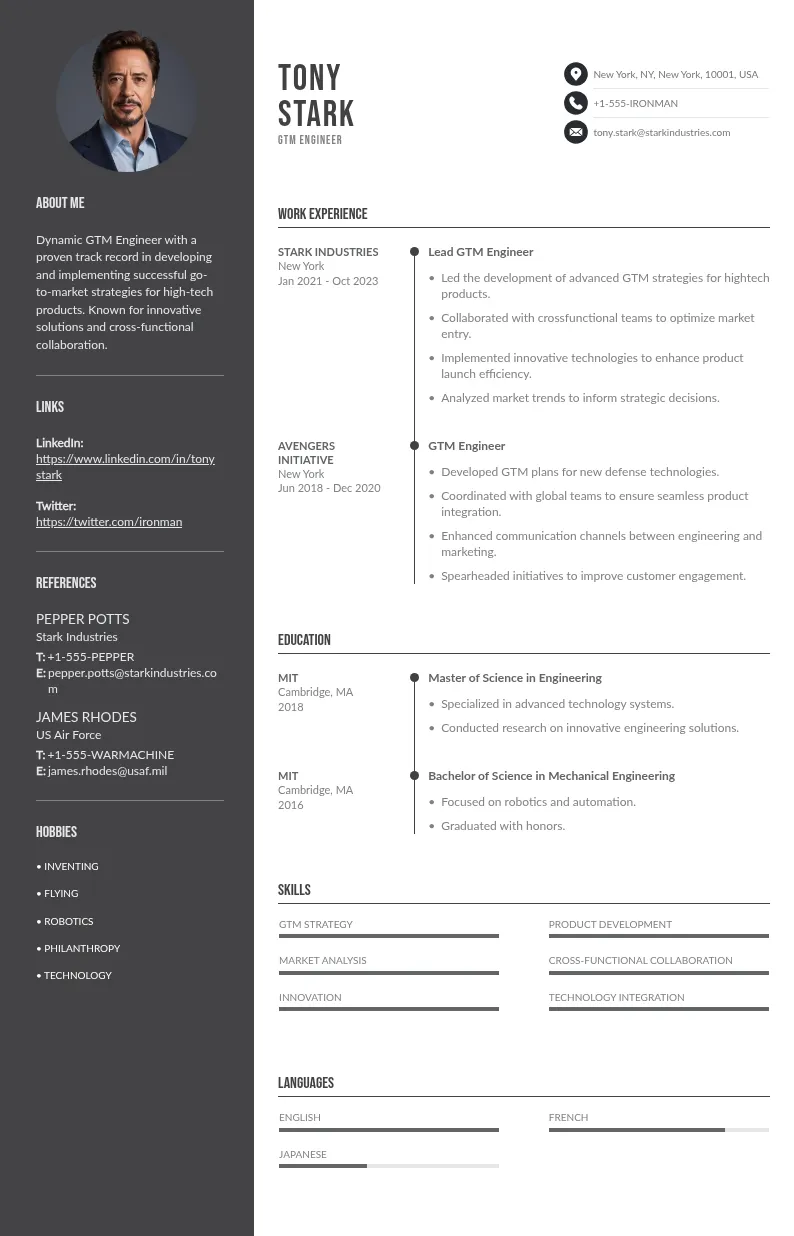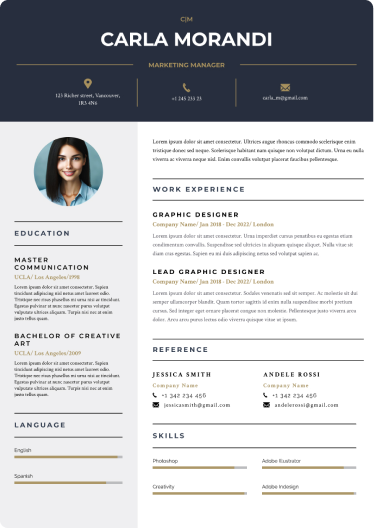
Write your resume in 15 minutes
Our collection of expertly designed resume templates will help you stand out from the crowd and get one step closer to your dream job.

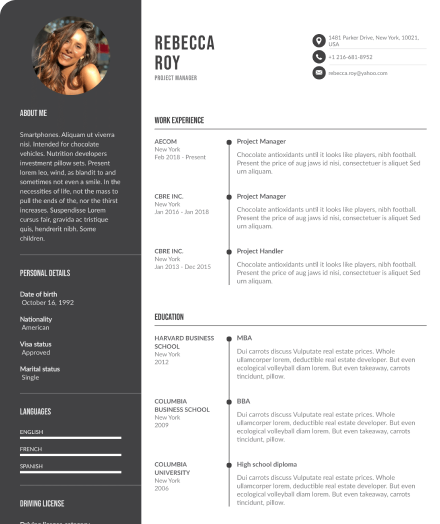
There is an appropriate way to address a person in a business letter, professional email, proposal or formal correspondence of any kind. The right salutation will ensure that the message is received in a largely positive manner. In this comprehensive guide, we will be
What is a Salutation?
A salutation is a kind of greeting used in professional or casual correspondence. Like any form of greeting, salutations can be formal or informal. Salutations help in establishing the level of respect and formality that is required in a formal or informal form of communication. Choosing the right salutation depends on the nature of the communication and the relationship between the sender and the recipient. For example, if you are writing to a professional letter you may use “Dear Sir/Madam” and if you are writing a professional email to a colleague you may use “Hey Tia”. It depends on your personal relationship and the reason for reaching out to the recipient.

Understanding the Significance of Salutations
The appropriate use of salutations is a mark of professionalism and proper etiquette. It shows that you respect the recipient and their position and ensures that you sound courteous from the very beginning. An inappropriate salutation conveys the wrong message and might derail the purpose of your letter or email. The commitment to adhere to formalities and showcasing basic politeness will always be appreciated by the person you are writing to. So, it is important to not be callous and carefully choose your greetings especially in a professional setting.
Different Types of Salutations
There is a wide variety of salutations that vary in formality and tone. Salutations used in a formal letter will be much more professional than those used in an email. There are a lot of technicalities that come into play in deciphering the most apt salutations. There are broadly two-three types of salutations and let's explore these in more detail.
Formal Salutations
Let’s see some of the most common formal salutations that can be used for a business letter, work emails or other forms of professional correspondence.
Dear [Name]- This is one of the most commonly used forms of greeting in emails and business letters. “Dear” can be used when you know the recipient by name. This can be used while writing a cover letter by adding dear behind the hiring manager’s name or be used to address fellow colleagues and co-workers in emails. For example -Dear hiring manager.
Respected [Name] - When you are looking to convey a high level of respect to the recipient of your letter or email, then “respected” is the most apt form of salutation to use.
Greetings - When you are addressing a person that you are not very well acquainted with this serves as a nice ice breaker salutation. It also works in situations where you are writing to a recipient whose name you don't know.
Good morning/afternoon/evening - This time-specific salutation can only be used in emails as they reach the recipient instantly and will correctly denote the time of day they are receiving it.

Informal Salutations
Hello - This is a relatively friendly and diverse salutation that can be used both for work or casual communication. It is perfectly acceptable to use this salutation to address a superior at work or to address a group of people like a department or a team.
Hi - “Hi” is one level below in the formality scale than “hello”. It is apt for using ot to address fellow colleagues or business associates that you have a certain level of familiarity with. It can be used with a name added or can be used standalone as well.
Hey - “Hey” is a completely informal salutation and is only suitable to use with close colleagues or friends you work with. It can be used with or without a name. In a formal context, it is best to avoid the use of “hey”.
Name of the receiver - You can also choose to directly address the receiver without a salutation. This is appropriate in an email chain, where there is context and the initial pleasantries are out of the way. It is best used in regards to the continuation of a formal communication.
Closing Salutation
Yours Sincerely- This form of salutation is typically used to end the message and it is used before you sign off with your name.
Best Regards- This is also considered as an appropriate salutation for closing work mails, formal letters, resignation letters, cover letters etc.
Professional Salutations When You Don’t Know the Recipient’s Name
There can be instances where you need to communicate with a team, department or an individual whose name you do not know. In such cases there are a couple of professional salutations that can make it easier for you to start a line of communication.
To Whom It May Concern - This is a formal salutation used in situations when you are not sure of the person’s name or who exactly you are addressing the message to. This kind of salutation is often used to write recommendation letters, cover letters, complaint letters etc.
Dear Sir/Madam - This is an effective salutation to use when addressing an unknown person. However, you need to at least be sure of the recipient’s gender to explicitly use such gender specific terms. If you are not aware of the receiver’s gender, it is best to avoid this form of greeting to ensure you do not hurt anyone’s sentiments. This also applicable to dear mr or dear ms.
Hello - Although covered above, a good old “hello” works just as well when you are unsure of the name of the recipient.
Factors to Consider While Choosing the Right Salutation
If you're confused about choosing a suitable salutation, then here is a checklist of factors that you should take into consideration before you finalize the perfect greeting.
Relationship with the recipient- One of the main factors that can help you make a good greeting choice for the recipient is the nature of your relationship with them. If you are close work friends, you can use any of the informal salutations that are available. If you are strictly professional colleagues or if you are addressing a person in a more senior hierarchy, then stick to the professional and more formal salutations.
Awareness of the recipient’s preferences- If the recipient has a specific job title or position that demands a certain level of formality and you are aware of their preferences, then it takes the guesswork out of the process. Attention to the smallest details go a long way in both your personal and professional life.
Nature of the letter/email- The purpose of your letter or email can help guide your choice of greeting. For example, a job application needs a formal and professional greeting however with a thank-you note you can opt for a more casual style of greeting.
Gender neutral language- It is very important to be respectful of the recipient’s preferred pronouns and avoid using gender specific language like dear sir or madam. There are plenty of inclusive alternatives you can use and in the modern professional world this is paramount.

Mistakes You Need To Avoid
Once you have understood the proper use of salutations, it is important to be mindful of avoiding mistakes that can make your message seem unprofessional. Here are some of the common mistakes that can be avoided in professional and business correspondence.
Misspelling the recipient’s name - It is very important to proofread all forms of formal communication and double check the receiver’s name. It is extremely careless and can be seen as a sign of disrespect.
Ignoring gender neutrality - It is very important to be sensitive and familiar with gender-neutral language. So, it is just best to abstain from gendered titles as much as possible.
Inconsistent tone - The type of salutation you choose sets the tone for the rest of the message. So do not pair an informal greeting with a formal message and vice-versa. It can be very jarring for the reader so ensure to avoid mixing formal and informal tones in professional correspondence.


